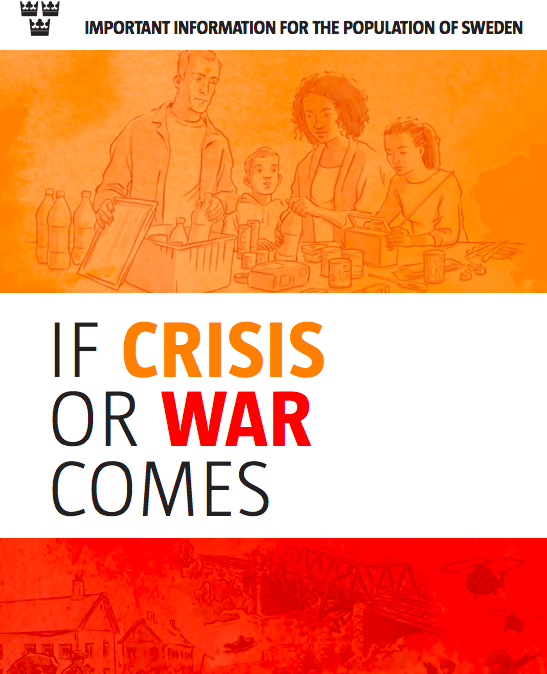Hybrid Warfare and the Role Civilians Play
14.03.2023 | Norwegian total defense and security, Resilient Civilians (en)
On 16 July 2018 the press conference following the long anticipated Putin–Trump Summit meeting in Helsinki, Finland was met with astonishment and anger from both American media and politicians and allies. American president Donald Trump sided with Russian president Vladimir Putin regarding accusations of Russian meddling in the US 2016 presidential election. The evidence procured by American intelligence agencies against Russian agents and those cooperating with Russia to manipulate public opinion and the American elections has thus far resulted in the indictment of at least 31 people, including some of Trump’s own political staff.
Since the early 2000s we have been made increasingly aware of examples of the threats posed by dis/misinformation, hacking/cyber attacks, and overall influence operations to create or exacerbate instability and insecurity by both state and non-state actors.
Is this war?
It is not the war of yore, in any case.
It is increasingly clear that we still lack understanding about the civilian landscape that is and will continue to be a target for possible mis/disinformation, but is also a centre of gravity for conflict resolution. Civilians are not passive recipients of information or governmental guidance, and trust levels between the governed and government need re-examination.
Want to read more? Check out what Gunhild Hoogensen Gjørv writes about hybrid warfare and civilians in her blogpost at E-International Relations, published 02.08.18.

